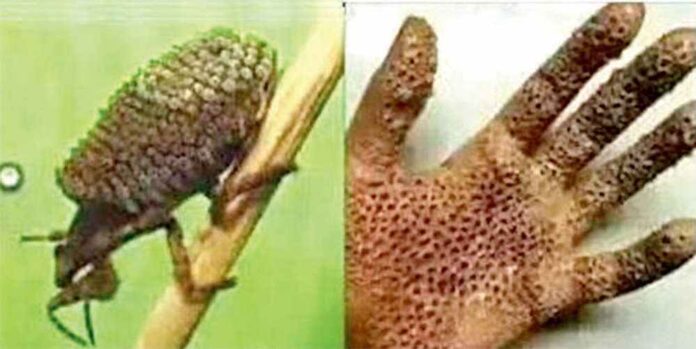As Kenyans continue with the fight against the ever-fluctuating COVID-19 pandemic, mother nature has presented you with yet another deadly bug that is already claiming lives one by one.
Visceral leishmaniasis, popularly known as Kala- Azar secretly infiltrated into the country in the previous years and has been on a stealth mission of claiming souls, hiding under the dark corridors of Coronavirus pandemic.
A total of 136 cases have been confirmed in the country with 105 of them (77%) being male aged between 17 and 22 years.
All cases were admitted at Marsabit County Referral Hospital.
In June this year, four people succumbed to the disease in Makueni County in a span of one week.
13 more people were reportedly admitted at the Garissa Referral Hospital. Of the 13 cases, 11 of them were children below the age of 10.
The most affected areas are Garissa, Kitui, Mandera, Marsabit and Wajir counties.
Last year, at least 2,822 leishmaniasis cases were recorded in the country with a total of 34 fatalities.
A leishmaniasis is a group of diseases caused by protozoan parasites from more than 20 Leishmania species.
The disease is characterized by irregular bouts of fever, substantial weight loss, swelling of the spleen and liver, and anaemia (which may be serious).
According to the World Health Organization (WHO), if the disease is not treated, the fatality rate in developing countries can be as high as 100% within 2 years.
Although the disease is curable, it still causes high morbidity and death due to its low index of suspicion by health care providers.
A patient suffering from the disease. Image: Courtesy.
There are three main forms of the disease namely: Cutaneous leishmaniasis (CL), mucocutaneous leishmaniasis (MCL) and visceral leishmaniasis (VL), also known as kala-azar.
WHO characterizes cutaneous leishmaniasis (CL) as the most common form of the disease, MCL as the most disabling form while VL is the most severe one.
These parasites are transmitted to humans through a bite from a tiny 2–3 mm long (size of a mosquito) infected female insect called sand-fly of genus phlebotomine.
When the infected female sand-fly takes a blood meal on the human skin, it injects the parasite into the wound.
It only takes a bite from an infected sand-fly to transmit the disease.
A sandfly
Macrophages pick up the parasite and here they multiply until the cell bursts from overcrowding. The parasite goes on to infect more macrophages.
Some of these cells get carried to organs of the body including the bone marrow, the liver and the spleen.
The disease can appear on a spectrum from a single skin ulcer to destructive lesions of the face to terminal organ disease.
The worst part about this disease is that it is spread by a very small insect that makes no noise when flying. Their bites can sometimes be painless; that’s why the majority of people usually have no idea when bitten.
Majority of people who become infected with the parasite may not develop any symptoms during their lifetime.
Leishmaniasis is only found in 88 countries worldwide. They include Asia, East and North Africa, Southern Europe, Middle East, Northern Mexico to Northern Argentina, South America except in Chile and Uruguay.



